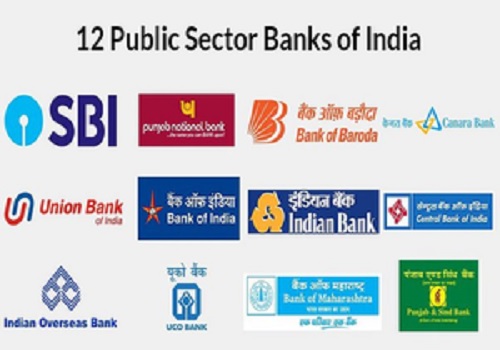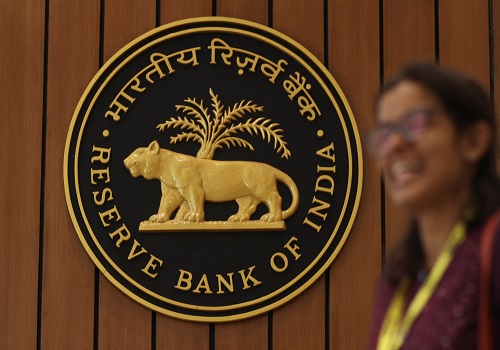Economy : CPI eases as food disinflation sets in motion by Elara Capital

India’s headline inflation slowed to 5.48% YoY, in line with our expectations of 5.42%, led by a moderation in food and beverage prices, and de-growth in fuel and light component. The momentum in headline CPI was arrested by moderation in vegetable prices, leading to a 0.15% MoM decline in the headline print. Core CPI was at 3.7% YoY versus Apr-Oct FY25 average of 3.4% YoY. The lagged impact of softening demand amid food price deflation should aid headline CPI to fall below 5% in December 2024E. We anticipate FY25E CPI to average 4.8% and continue to expect the MPC to cut policy repo rate by 25bps in February 2025E. We also expect a cumulative 75bps cut in the current rate cut cycle
Headline CPI eases in Nov-24; core holds steady

Vegetable prices ease; oil and fat prices remain elevated: India’s Nov-24 CPI print eased to 5.48% YoY, as estimated. The food and beverages component, which contributed ~4.4pps to the spike in headline print in Oct-24, slowed to 8.2% YoY versus 9.7% in Oct24. The deflationary trend in food prices, particularly in vegetables, is beginning to set and new crop arrivals are also a key tailwind in lowering food inflation. MoM, favorable seasonal factors led to a decline in vegetable component by ~4.6% versus Apr-Oct FY25 average of 6.02% MoM rise. However, the oil and fat component rose by 3.06% MoM versus Apr-Oct FY25 average of 1.58%, and inflation in eggs inched up to 2.76% MoM in Nov-24, the fastest pace of increase since Jan-24.
Food disinflation sets in as vegetable prices ease

Core inches higher though at a modest pace: The core CPI at 3.64% YoY remained near FY25TD high of 3.67% YoY seen in Oct-24. The MoM print was at 0.2% versus FY25TD average of 0.38%. The effect of the festival season was visible in household goods and services component and personal care and effects component. The personal care and effect component, although easing slightly, rose by 0.34% MoM after a 1.88% rise last month, reflecting elevated gold prices and demand in the festival season. The household goods and services component rose by 0.33% MoM, the highest since Aug24 and the recreation and amusement component maintained its upside for two months, up by 0.28% MoM, at the same pace as in Oct-24. The core-core CPI (core CPI ex gold, silver and other ornaments) rose 0.20% MoM versus 0.33% FY25TD average.
Commodity prices have been on an uptrend

We retain our first rate cut call in Feb-25: With today’s print, we continue to see FY25E CPI at 4.8% average, with inflation starting to moderate from December. The deflationary trend in food prices, particularly in vegetable prices, which was delayed for more than two months, is beginning to set in as new crop arrivals are cooling off prices. On the demand side, softer consumption momentum is expected to contain core inflationary pressures, aiding the moderation in headline CPI. We expect headline inflation to moderate below 5% as dual forces of softening private demand and moderating food prices play out.
On the monetary policy front, today’s print is likely to comfort the RBI MPC and keep it on course for a rate cut in Feb-25. We retain our view of a 25bps rate cut in Feb-25E and 75bps cut in the current rate cut cycle. However, risks do remain to our outlook from the external front and from warmer-than-expected winters.
The sharp depreciation of the INR (~1% so far since the victory of Donald Trump in the US presidential elections) is a key risk that warrants attention. Lingering geopolitical tensions, production cuts from OPEC+, and revival in China’s demand underpinned by fiscal stimulus may also emerge as potential headwinds in the near-to-medium term.
USDINR has slid to record lows

Above views are of the author and not of the website kindly read disclaimer

























